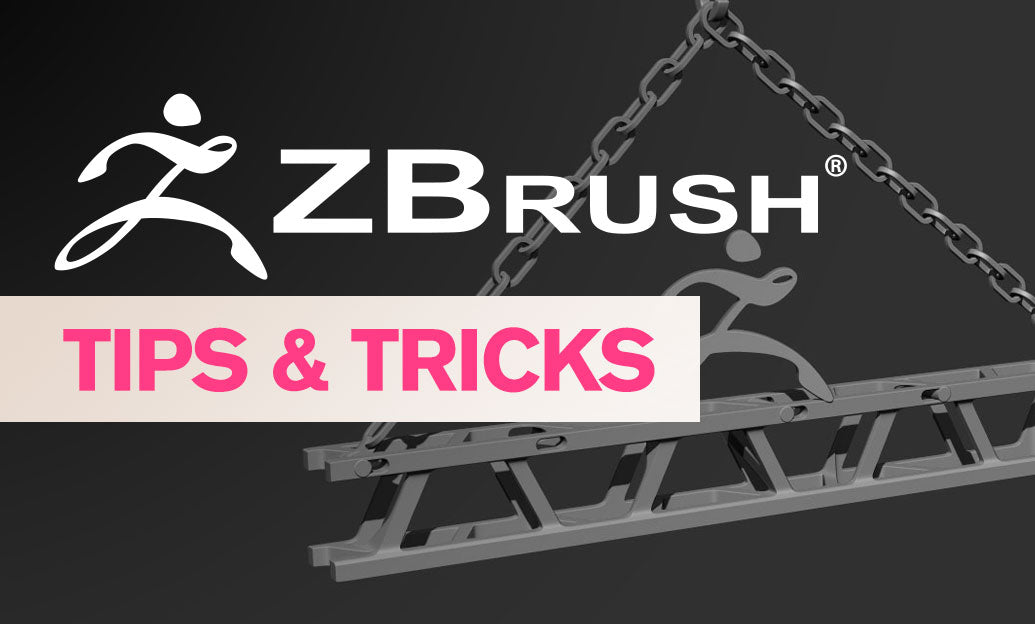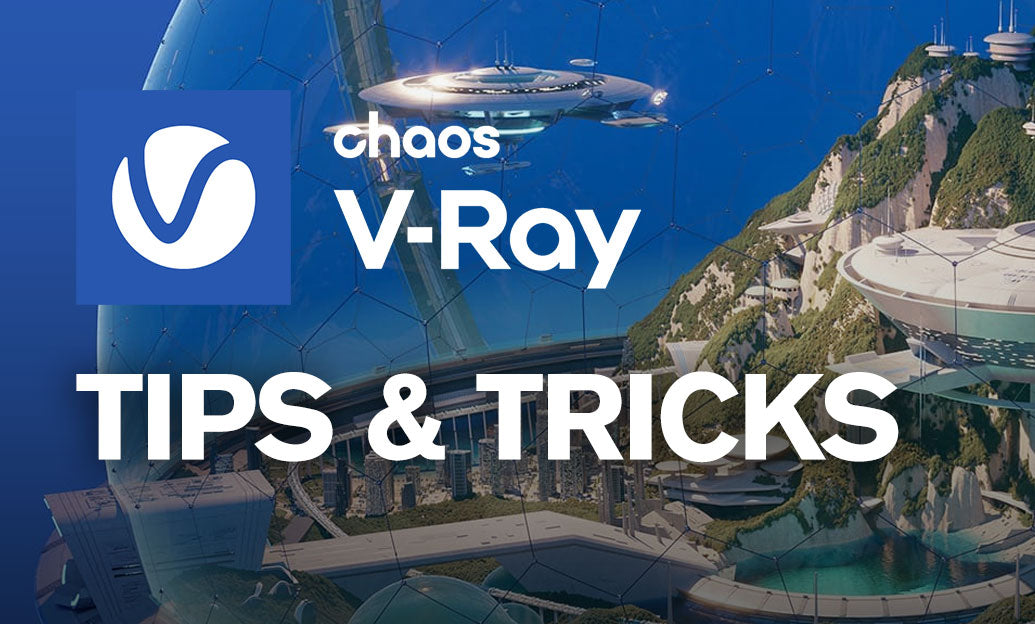Your Cart is Empty
Customer Testimonials
-
"Great customer service. The folks at Novedge were super helpful in navigating a somewhat complicated order including software upgrades and serial numbers in various stages of inactivity. They were friendly and helpful throughout the process.."
Ruben Ruckmark
"Quick & very helpful. We have been using Novedge for years and are very happy with their quick service when we need to make a purchase and excellent support resolving any issues."
Will Woodson
"Scott is the best. He reminds me about subscriptions dates, guides me in the correct direction for updates. He always responds promptly to me. He is literally the reason I continue to work with Novedge and will do so in the future."
Edward Mchugh
"Calvin Lok is “the man”. After my purchase of Sketchup 2021, he called me and provided step-by-step instructions to ease me through difficulties I was having with the setup of my new software."
Mike Borzage
V-Ray Tip: Mastering Realistic Stone and Concrete Materials in V-Ray: Essential Tips and Techniques
August 31, 2024 2 min read

Creating realistic stone and concrete materials is essential for achieving photorealistic renders in architectural visualization, product design, and more. Here are some key tips to master these materials using V-Ray:
- Diffuse Texture: Start with a high-resolution diffuse texture that mimics the natural variations and imperfections of stone or concrete. Use real-world photographs when possible, and ensure the texture is seamless to avoid obvious tiling.
- Bump and Normal Maps: To add depth and realism, incorporate bump and normal maps. These maps simulate the small surface details without increasing geometry complexity. Adjust the bump strength to achieve the desired level of detail.
- Reflectivity and Glossiness: Stones and concrete have varying degrees of reflectivity. Use a reflection map to control the reflective areas and a glossiness map to define how sharp or blurry the reflections are. This combination helps replicate the real-world characteristics of these materials.
- Displacement Maps: For more pronounced surface details, use displacement maps. They modify the actual geometry of your model based on the texture, creating realistic surface variations. Keep in mind that displacement mapping can be resource-intensive, so optimize your settings for efficiency.
- Specular Map: A specular map can be used to control the intensity of highlights on the material's surface. This is especially useful for materials like polished concrete that have specific reflective properties.
- Subsurface Scattering: For certain types of stone, such as marble, using subsurface scattering can add an extra layer of realism by simulating how light penetrates and scatters within the material.
- Blend Materials: V-Ray's Blend Material can be used to combine different textures and properties into a single shader. This is particularly useful for creating complex materials like stone with dirt, moss, or other organic overlays.
- UV Mapping: Proper UV mapping is crucial for realistic texturing. Ensure your UVs are well laid out and scaled appropriately to avoid stretching or distortion of your textures.
- Fine-tuning: After setting up your materials, render tests and make necessary adjustments. Check for color accuracy, texture sharpness, and overall material behavior under different lighting conditions.
By following these tips, you can create highly realistic stone and concrete materials that enhance the overall quality of your renders. For more V-Ray tips and tricks, visit NOVEDGE.
You can find all the V-Ray products on the NOVEDGE web site at this page.
Also in Design News

ZBrush Tip: Maximize ZBrush Workflow Efficiency with Subtool Master Techniques
November 26, 2024 2 min read
Read More
V-Ray Tip: Optimizing Workflow with V-Ray's Render Mask for Precise and Efficient Rendering
November 26, 2024 2 min read
Read More
AutoCAD Tip: Enhancing AutoCAD Design with Visual Styles: Tips for Effective Usage
November 26, 2024 2 min read
Read MoreSubscribe
Sign up to get the latest on sales, new releases and more …


